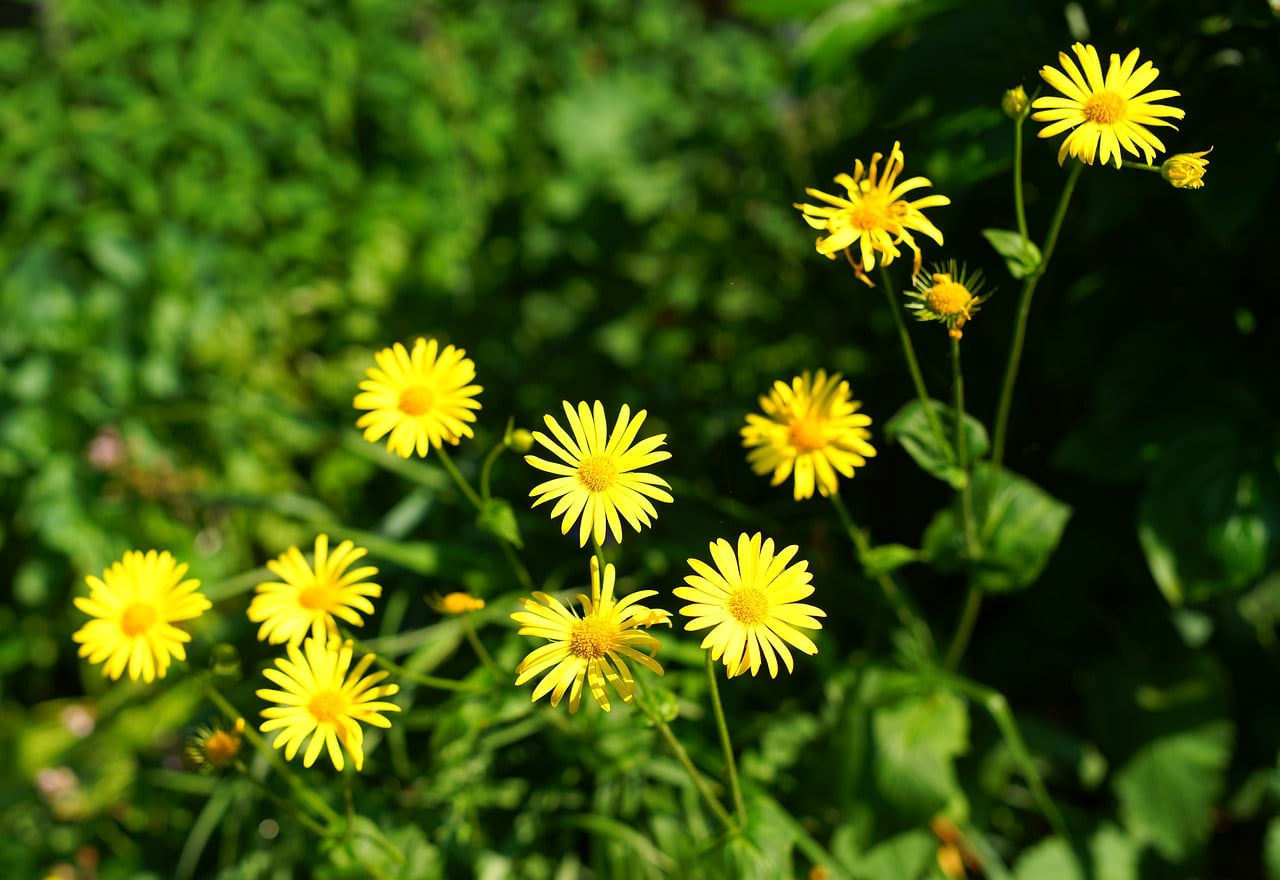
Did you know that there are different types of gardens? Although they can be very different from each other, all of them fulfill a function of great importance for humans, especially taking into account the times that run: that of helping us to disconnect and, with it, that of making us feel better. Just being outdoors, in contact with nature, it is very easy to lose track of time. Emptying your mind and spending time just looking at the landscape in front of you is something that everyone should be able to do on a daily basis.
So if you have a piece of land that you want to give life to, or you are starting to plant some plants but you are not sure what design to give your garden, then we will talk about it.
What is a garden?
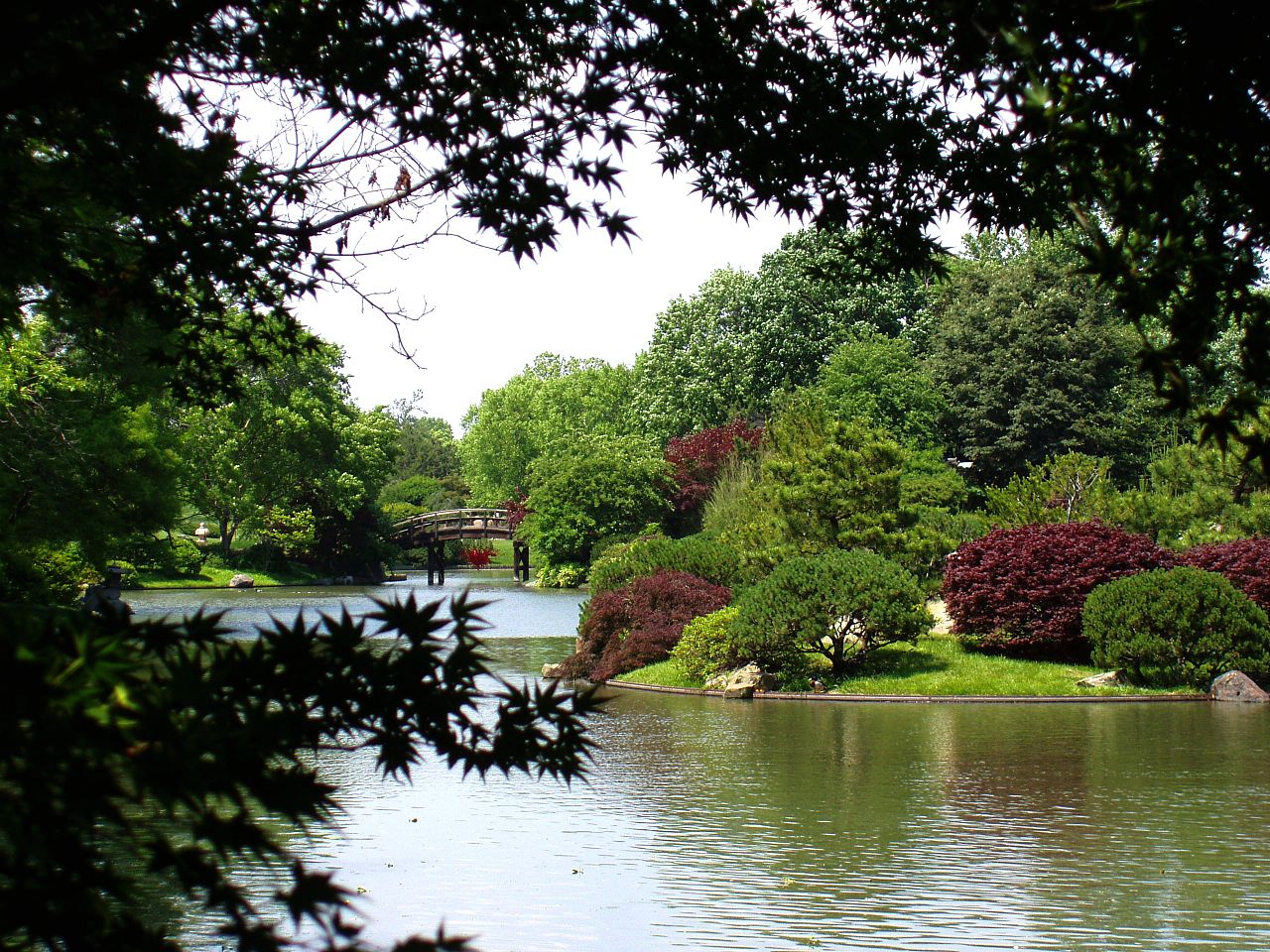
Image - Wikimedia / Daderot
While we all know what a garden is, not everyone knows its origin. The origin of the planting of trees, bulbous and other types of plant beings for the mere fact of enjoying them is very old. Furthermore, it is known that in ancient Babylon, located on the banks of the Euphrates River in Mesopotamia, various plants were carefully cultivated as early as the XNUMXth century BC. In other words: It has been more than 17 centuries since the ornamental gardening that we know today began to be perfected.
But why? Well, before that, humans grew plants for consumption. The need to eat is, as we all know, a vital need, so as the different types of herbs and other plant beings suitable for consumption became known - something that at that time was done through trial and error, as well as the observation of the behavior of the animals-, they were domesticated. Little by little, but without pause.
Once you had the peace of mind of having food in what we now call a garden, soon another type of need arose: that of having a part of nature close to home. And so, in the same way that plants were taken care of for consumption, plants were sown for the enjoyment of the human senses.
How could it be otherwise, each culture did it taking into account the characteristics and climate of each area. Thus, different types of gardens were created.
Garden types
Gardens can be classified in different ways:
- According to its use: They can be public or private.
- By plants: palm groves, cacti, rose gardens, ferns, ...
- Depending on the style: rockery, miniature, Chinese, tropical, Italian, Spanish, English, ...
- By type of organization: hydroponic, vertical, potted, botanical, ...
- By interest and chronology: historical garden.
As you can see, there are many, many types, so many that talking about all of them in a single article would not only take a long time but also would be very long. Therefore, we are going to focus on the most interesting for individuals; that is, for people like you who all want to know what style to give to their future paradise.
xerogarden
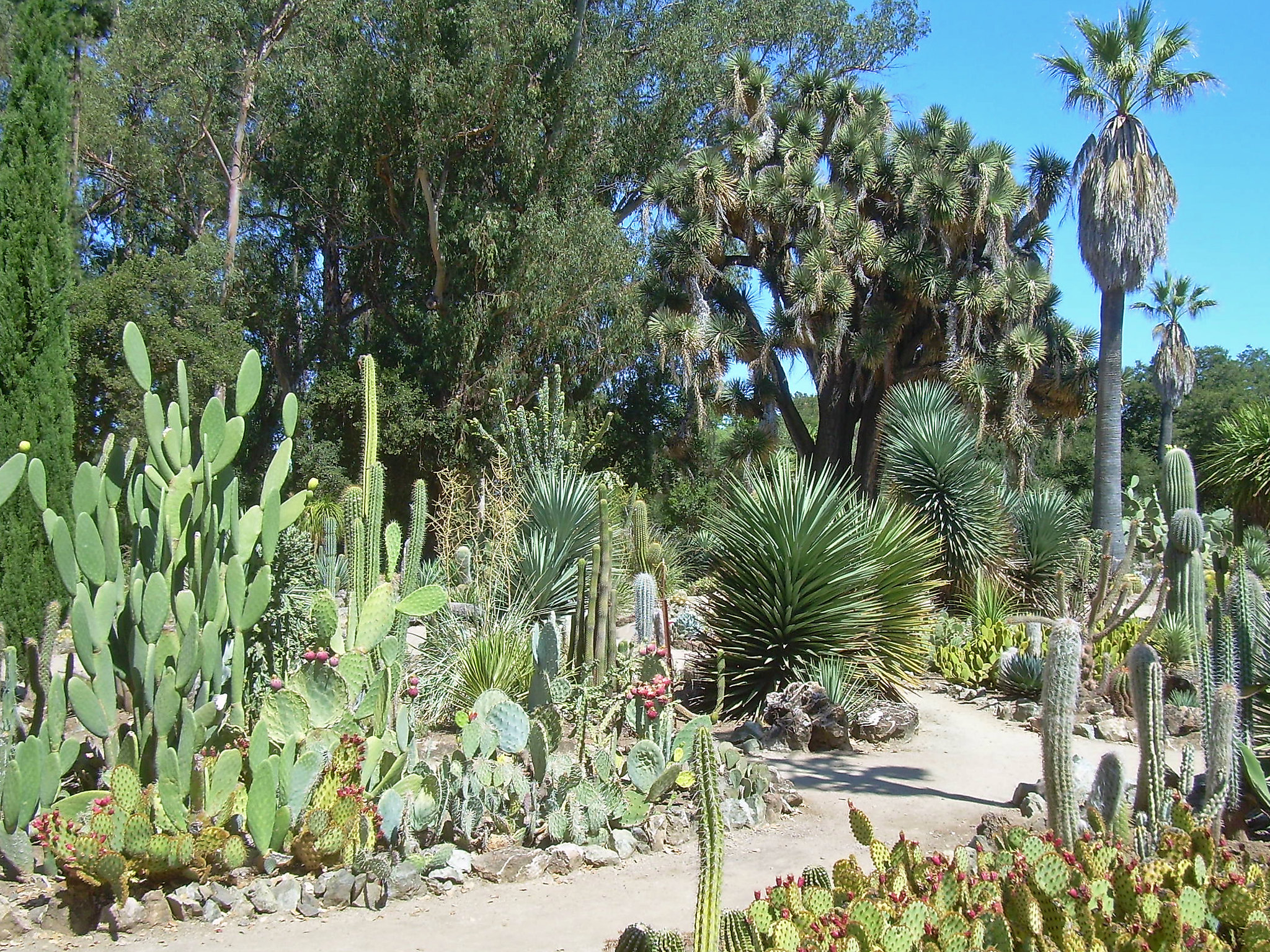
Image - Flickr / David Sawyer
El xerogarden it's a kind of garden based on the cultivation of plants that are able to live well only with the little water that falls when it rains in some areas. It is undoubtedly the ideal for regions where drought is a frequent problem.
Some of the plants that can be had are:
- Agave
- Yucca
- euphorbia
- Aloe
- Phoenix dactylifera (date)
- dimorphoteca
- Olea europaea
Potted garden
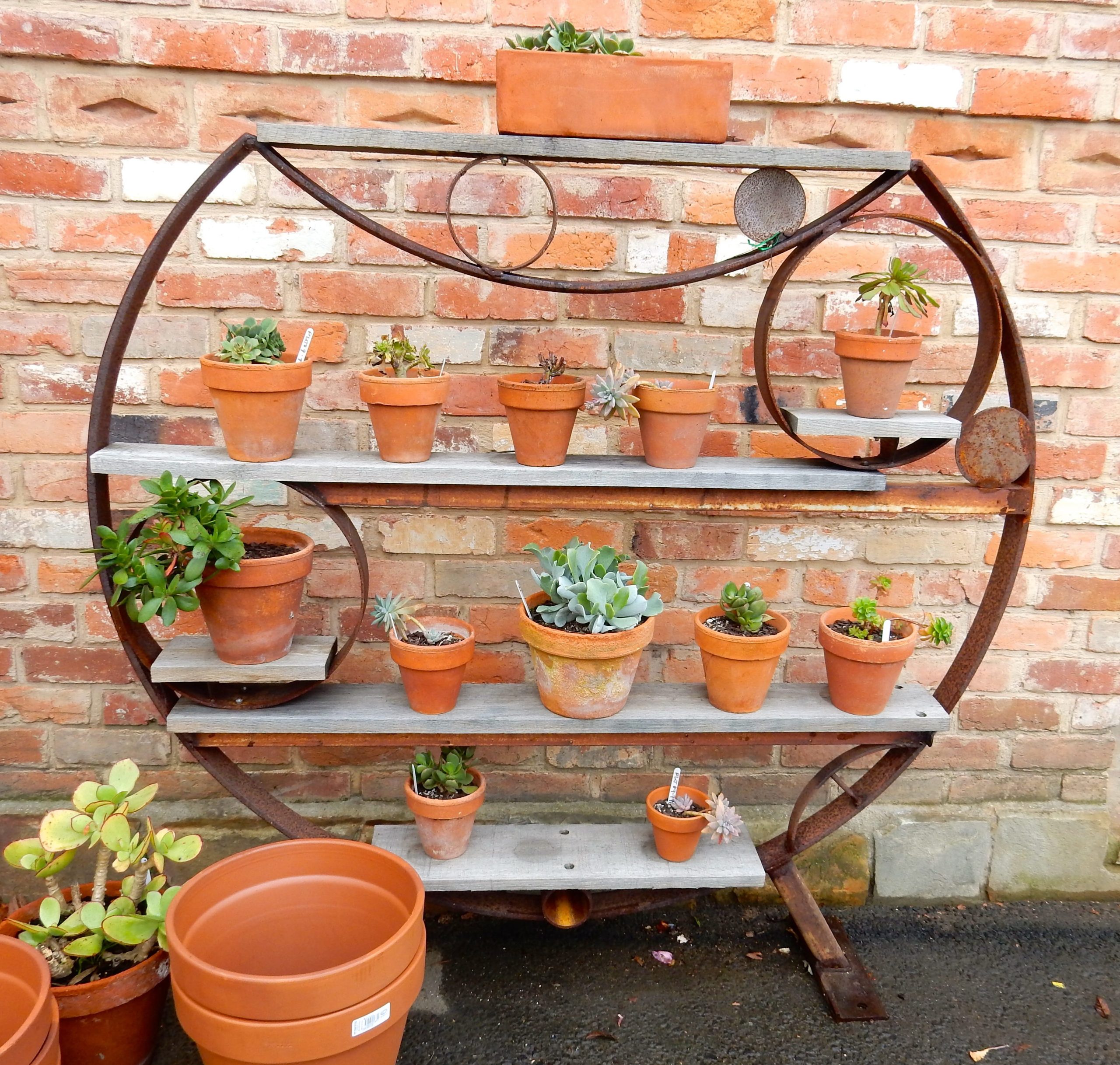
When the soil is not very good, or when there is no place where you can plant anything, a highly recommended option is to grow plants in pots., preferably in the clay ones as they are the ones that last the longest. The only thing to keep in mind is that the larger plants have to be behind the smaller ones, so that they can all grow well.
Which ones to have? Well, here your own tastes and preferences come into play, as well as the climate of your area, since you can really grow a huge variety of plants in pots, like these:
- echeveria
- haworthia
- Crassula
- Dwarf citrus
- Japanese maple cultivars
- forsythia
- Gardenia
Japanese garden
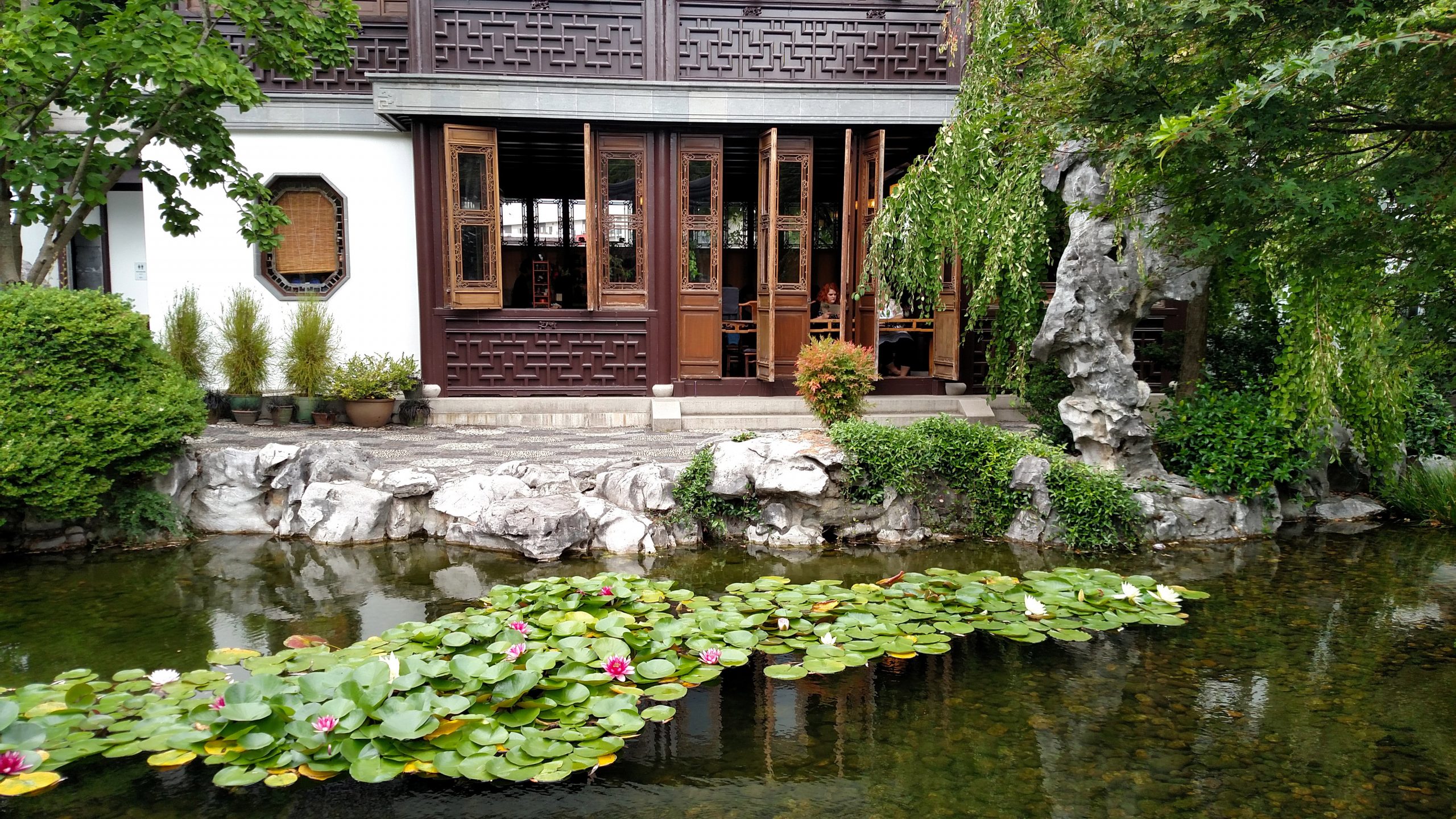
El Japanese garden It is the most complicated to carry out, since all the elements have a meaning. In fact, this type of garden is interpreted as if it were the archipelago of Japan itself, with the set of islands emerging from the sea. On the ground, the islands are the rocks around which the rest of the garden grows.
To give it more credibility, whenever possible it is important to include a bridge, pond, stone lantern and / or pavilion.
If we talk about plants, the ones that are used are:
- Acer palmatum (japanese maple)
- Prunus serrulata (japanese cherry)
- Bamboo
- ferns
- Pinus thunbergii (Japanese black pine)
- fagus crenata (Japanese beech)
Mediterranean garden
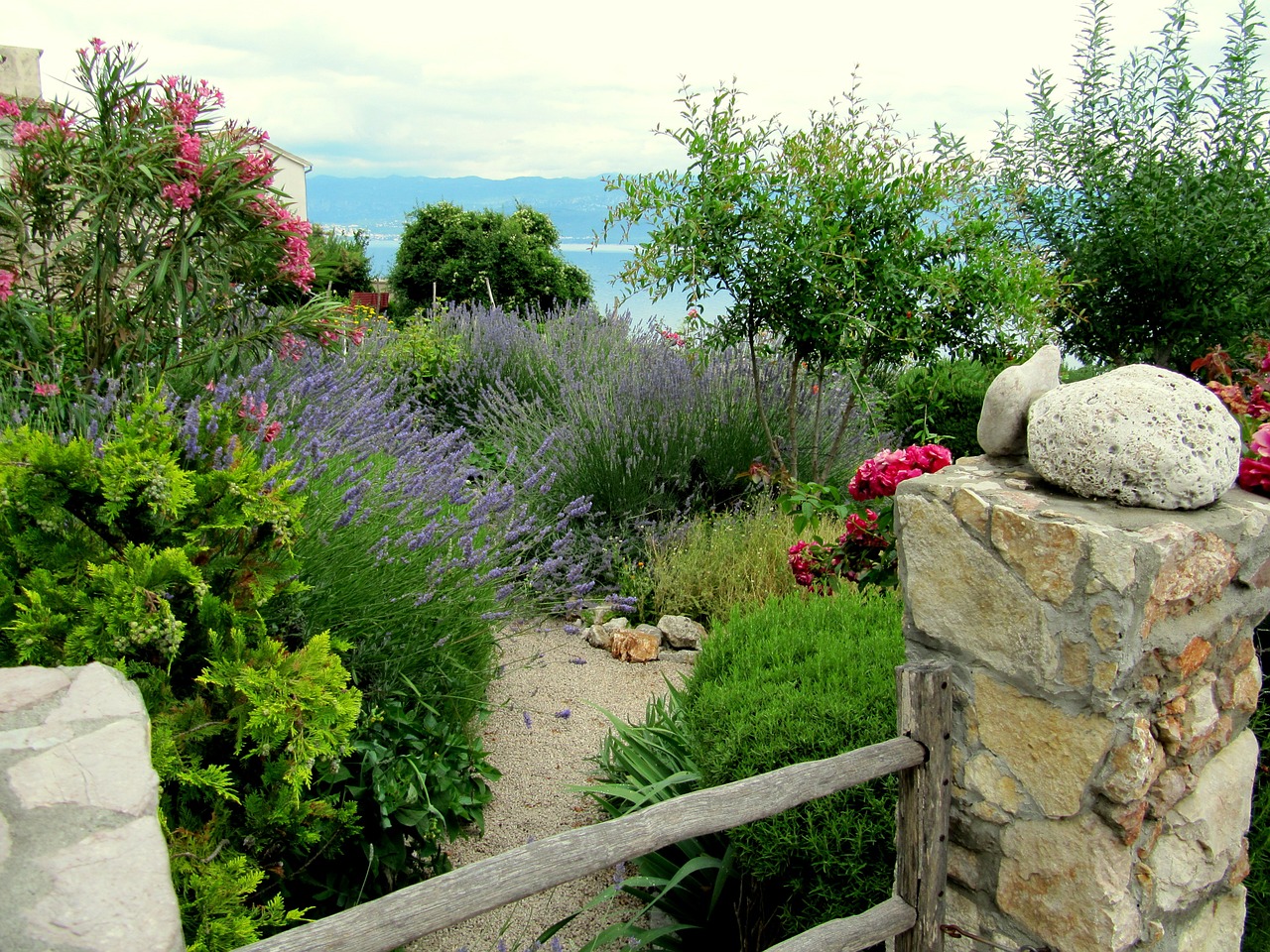
The Mediterranean garden is, as its name suggests, the one that is directly influenced by said climate. The plants that live in it are prepared to withstand the high summer temperatures of up to 40ºC, the scarcity of water, and the winters that are not too cold. only producing frosts down to -7ºC and not in all areas.
Although it can be confused with the xerojardín, the main difference is that in a typical Mediterranean garden we will only find plants originating in that region, for example:
- Olea europaea var sylvestris (wild olive)
- Arbutus unedo (arbutus)
- lavender (lavender essence )
- Chamaerops humilis (palmetto)
- Thymus vulgaris (thyme)
- Quercus ilex (Holm oak)
Wildlife garden

It is also known as a wild garden or natural garden, and it is one in which the main objective is to provide shelter for both wildlife and wild flora. To do this, you need to do research to find out what the native plants of the zone, to be able later to sow their seeds in the land.
Once they are grown, the introduction of insect hotels for example, or nests of birds placed in the trees, to attract them.
Of course, the use of chemical phytosanitary products is not compatible with this type of garden, because of how dangerous they can be for plants and also for animals.
We hope it has served you 🙂.